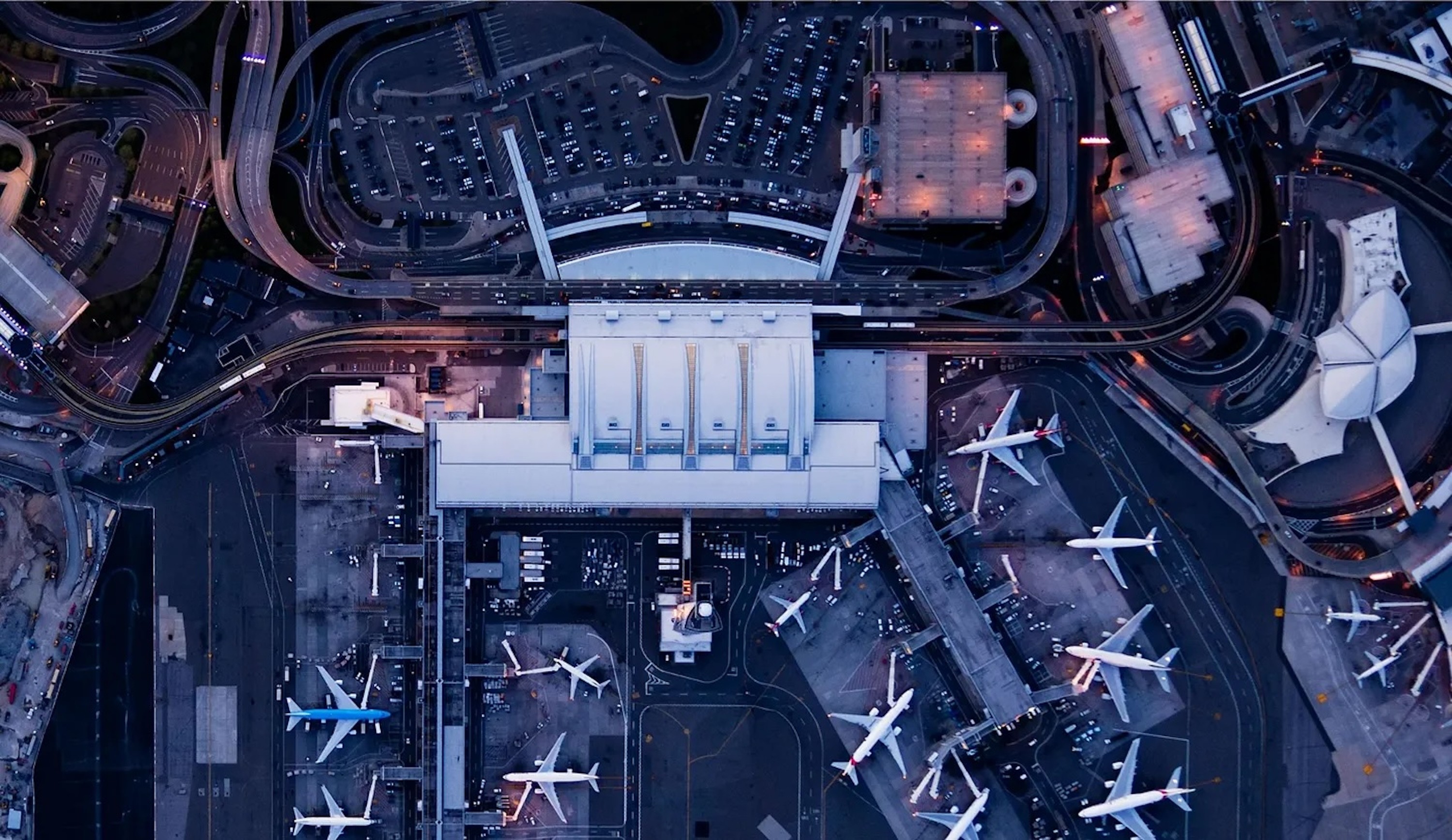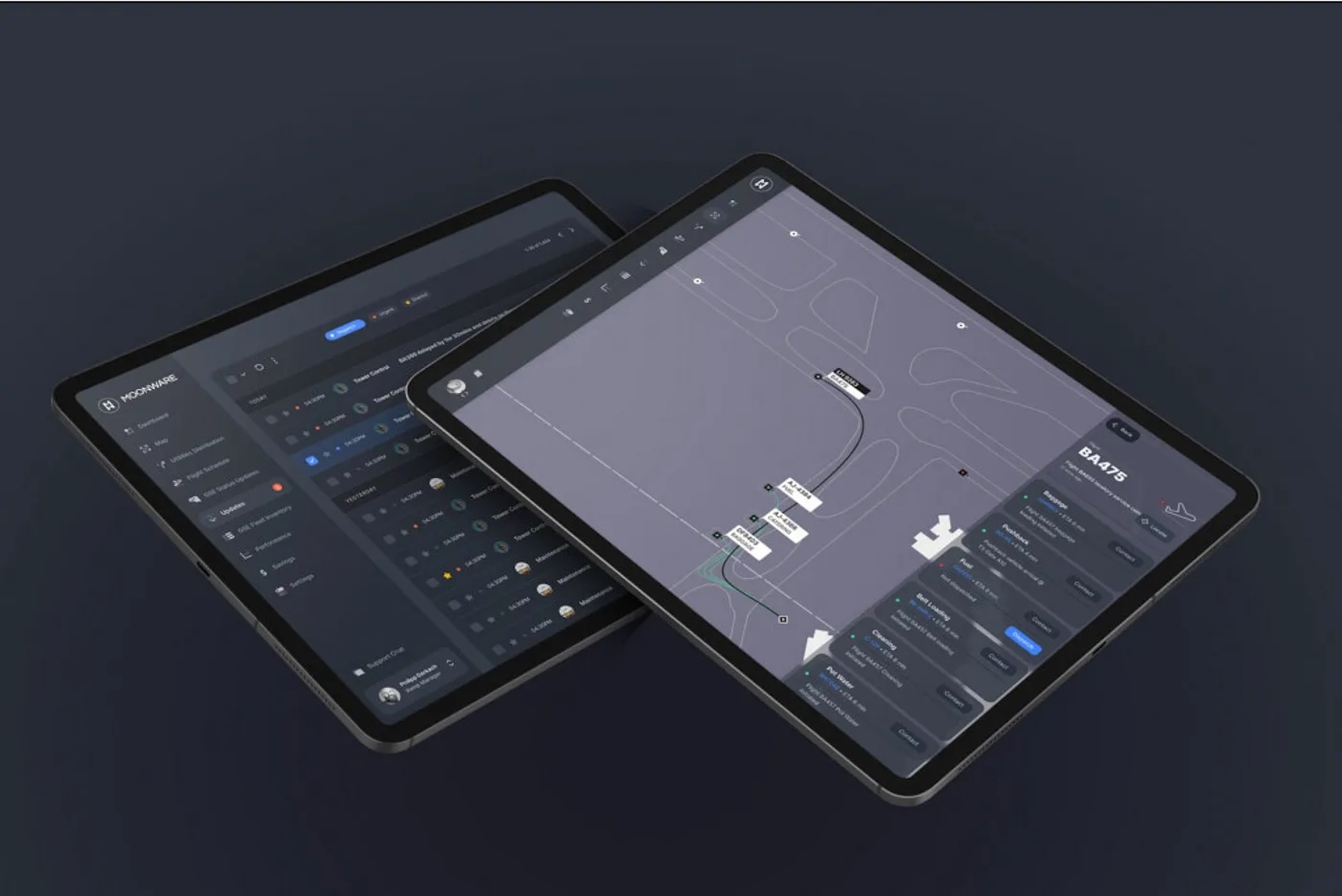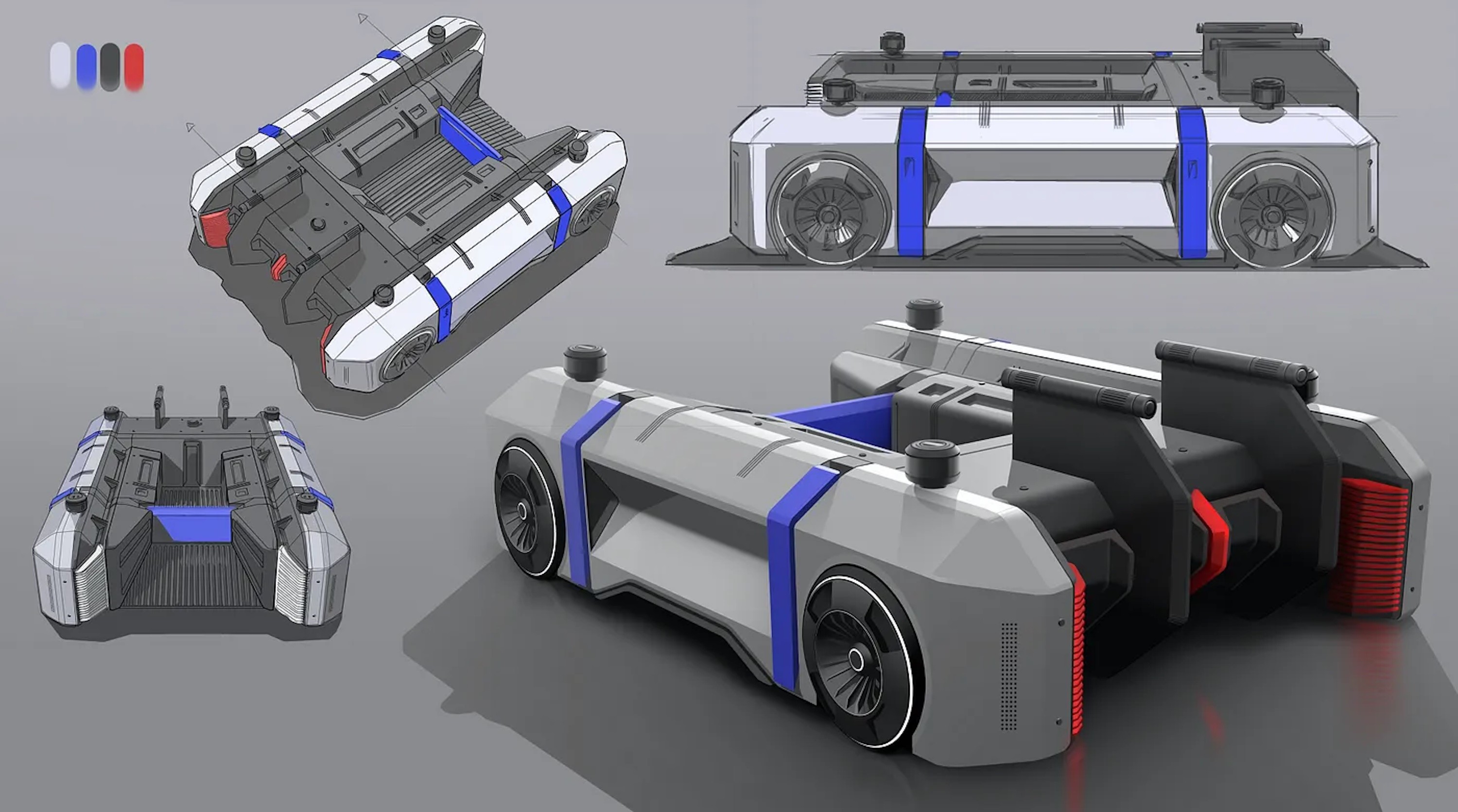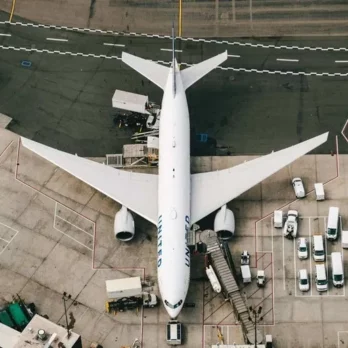Jun 26, 2023
Revolutionizing airfield safety with AI-powered Ground Traffic Control
In response to a series of close-call collisions between aircraft, the Federal Aviation Administration (FAA) organized a safety summit earlier this year, marking the first such event in fourteen years. The alarming increase in near-misses — totaling seven in 2023 alone — raised concern within the airline industry and emphasized the urgent need for effective measures to prevent potential disasters. At Moonware we’ve built HALO — a first of its kind, AI-powered Ground Traffic Control software platform that aims to address a key part of this challenge.
At the FAA safety summit, industry officials blamed Air Traffic Control staff shortages, airport congestion, overworked pilots, ground control issues, and archaic operating systems for the recent mishaps. These criticisms echo similar sentiments used to cast blame for the debacle of mass flight delays and cancellations recently disrupting air travel over the holiday season. Specifically, Southwest Airlines canceled 16,000+ flights over the span of a week in December 2022 due to a technical glitch with its outdated scheduling IT infrastructure. Yet, Southwest’s “meltdown” doesn’t seem to be unique. In fact, according to the U.S. Department of Transportation, in March less than 1% of all flights were delayed for weather-related reasons, while over 7% of all flights were delayed for airline-related reasons and over 6% of all flights were delayed due to issues with the National Aviation System. Operational issues are the root of the problem for both the safety concerns and the flight delays overwhelming the aviation industry today.

A myriad of antiquated interfaces, tools, and analog systems are used to coordinate flight operations. Courtesy of Joe Raedle/Getty Images
While in-air passenger experiences have caught up with modern technological advancements, the backend operations — responsible for safely coordinating airfields — are shockingly outdated. Paper timesheets, walkie talkies, and different app messaging services organize much of the coordination between airport equipment, ground crew, and aircraft today. Many airlines have highlighted the need for a “common operating picture” — or a single technological system which streamlines these paramount operations. However, despite the urgency of the safety summit in March, little has been done to rectify these issues.

An aerial view of the airside. Courtesy of Michael Hitoshi/Getty Images
Amid these challenges, Moonware has spent the last three years architecting systems for airfield autonomy, while closely studying the evolving needs of today’s aviation industry. Recent events have accelerated the urgency for upgrading the present-day tools and systems, where a technological proving ground has emerged and enabled airlines to test and adopt unprecedented solutions in their operations.
Our flagship product, HALO, is a supertool for ground operations teams which automates tasks — including crew dispatching, equipment allocation, airside navigation, and asset localization. Our product leverages real-time flight data to organize both ground personnel and equipment, dispatching staff according to a series of constraints — most notably urgency, distance, and aircraft equipment compatibility, among others.

HALO airside operating system. Courtesy of Moonware.
By algorithmically orchestrating ground operations for flight turnarounds, HALO minimizes the amount of time aircraft spend at the gate, which holds a multitude of implications for airside safety. Part of HALO’s core functionality depends on its use of an “on-demand” model for task allocation, which departs from the traditional paper-based scheduling approach of assigning operators to service flights. Instead, HALO dispatches crew & ground support equipment (GSE) as needed, according to real-time changes in flight schedules. Consequently, the value lies in its ability to declutter the airfield. Today, airport ramps — the “driveways” in which aircraft park to onboard or deplane passengers — are crowded with GSE, which greatly increases the likelihood of collisions and damage to the equipment and the aircraft. In fact, the Flight Safety Foundation estimates that such accidents cost airlines over US $10 billion per year. By dynamically assigning equipment — and the crew operating them — to service flights when needed, we significantly reduce the downtime of the assets cluttering the ramp and liberate apron space for safer operations.
In addition, faster aircraft turnarounds allow airlines to meet their scheduled operations and maintain a high flight throughput. A steady flow of traffic through the airfield allows aircraft to spend as little time as possible on the ground — liberating gates for inbound flights and alleviating gridlock over high-risk movement areas. Jammed taxiways and runways were a contributing factor in this year’s near-miss incidents, where HALO can mitigate the collision risk that results due to a saturated airfield. Collectively, we provide airlines with a common operating picture of the currently scattered and uncoordinated airfield operations. Complete situational awareness is granted to airfield operators, maximizing safety and efficiency, while reducing accident risk.

Autonomous GSE. Courtesy of Moonware.
Moonware’s long-term roadmap is to complement HALO with autonomous GSE to fully close the loop in airside safety. Autonomous pushback tugs — which tow planes around the airfield — can safely prevent potentially catastrophic incidents that occur due to human error either during the pushback or taxiing process. There is a highly relevant argument for autonomous taxiing in the wake of this year’s incidents: preventing the loss of information which can occur during radio transmissions. Air traffic controllers play a crucial role in today’s airports, as they are entrusted to guide pilots in the air and on the ground. Yet, this system has evident flaws. Mistakes arise from pilots misunderstanding their designated routes, or air traffic controllers unintentionally providing incorrect directions, a limitation which materialized as a grave safety risk during the numerous near-miss collisions this year. At Moonware, we understood early on that autonomous GSE need to be capable of reliably towing aircraft, while simultaneously adhering to the coordination efforts happening across the airfield. Specifically, Moonware’s autonomous tugs are designed to safely tow aircraft between gates and runways by processing commands from air traffic controllers, while also possessing their own built-in failsafes. HALO is designed to command and control autonomous GSE, working in tandem to form an ecosystem of software and hardware that functions as a coordinated mind and body for airfields.
The recent surge in incidents and operational failures has underscored the urgent need for a system upgrade. Our mission at Moonware is to bring forth airfield autonomy, geared not only towards providing a seamless travel experience for the passenger, but to also lay a foundation for aviation safety in the 21st century. Recognizing that air traffic is projected to increase in subsequent years, with airports being a focal point of congestion, technological advancements must take place from the ground up, to ensure a safe future for air travel.






